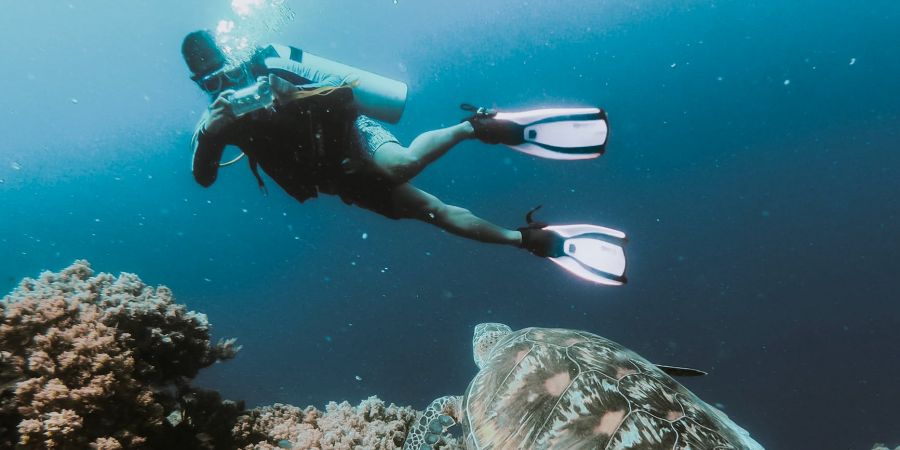

Consider this the next time you're prepared to dive from a diving board to beat the summer heat: Even the most flashiest Olympic divers can't match some members of the animal kingdom. Consider the gannet, for example. This white seabird is capable of diving into the water at a speed of 55 mph in pursuit of fresh fish to eat. That's roughly twice as fast as professional human athletes who clear 10-meter platforms in bounds.
Engineers are now able to examine the effects of diving on the human body without endangering real people. They built crash-test dummies-like mannequins, equipped them with force sensors, and submerged them in water. Their findings, which were released on July 27 in the journal Science Advances, highlight how unusual it is for a human body to fall into the water headfirst.
Sunghwan Jung, a biological engineer at Cornell University and one of the study's authors, asserts that humans are not intended to dive into water.
The past few years have been devoted to research by Jung's team into how diverse living things collide with water. The gannet, the porpoise, and the basilisk lizard—famous for sprinting on the water's surface before gravity pulls their feet under—were their initial focus.
The bodies of those creatures undoubtedly developed and adapted to their aquatic habitats. To get food or avoid predators coming down from above, they might have to dive under the water. Such a biological necessity is not present in humans, who developed in drier, terrestrial habitats. This inclination makes diving significantly riskier for us.
When a person's body collides with the water's surface, Jung and his associates sought to measure the force involved. They used mannequins that were 3D printed and sensor-equipped to do this. sensors that could document the force the dummy diver was under, as well as how that force altered as a result of a splash.
Three different stances, each imitating one of their diving animals, were measured. A mannequin was lowered head first into the water to mimic the rounded head of a porpoise. In the second stance, the mannequin's hands were united in a V-shape above its head to represent a bird's pointed beak. In a third stance, the mannequin fell in with its feet to mimic how a lizard might do so.
The researchers discovered that depending on the shape, the rate at which the force changed as the bodies felt the impact's force. A more brutal shock was experienced by a rounded shape, such as a human head, than by a pointier one.
They calculated a few heights above which diving in a specific position would be hazardous based on this. You might experience enough force to injure your collarbone if you dive hands-first from a height of about 40 feet. Additionally, the researchers worry that head-first diving from just 27 feet could result in spinal cord injury.
At your neighbourhood pool, you probably won't see diving boards that high, but it's not impossible that you could jump from that height if you were, say, cliff diving.
Chet Moritz, a researcher at the University of Washington who doesn't work on the report but studies how people recover from spinal cord injuries, said, "The modelling is extremely strong, and it's very intriguing to look at the varied implications."
Although spinal cord injuries are uncommon, there is a solid reason why poolside signs implore you not to dive into shallow water: The trauma may be completely incapacitating. According to a 2013 study, the majority of spinal cord injuries occur as a result of falls or car accidents, with diving accounting for 5% of cases.
But Moritz points out that, contrary to the surface that these engineers are examining, the spinal cord injuries he is aware of result from striking a pool's bottom. According to his experience, nobody has ever had a spinal cord injury from simply striking the water, he claims.
However, Jung thinks his research might at least make diving safer if people can't stop diving. If you absolutely must dive, you should heed these kinds of advice, he advises. In other words, try to avoid diving into the ocean.
The research being conducted by Jung's team aims to enhance diving safety precautions. They are attempting to create a projectile that can better arc over deep water, one with a pointed front that was inspired by a bird's beak.
